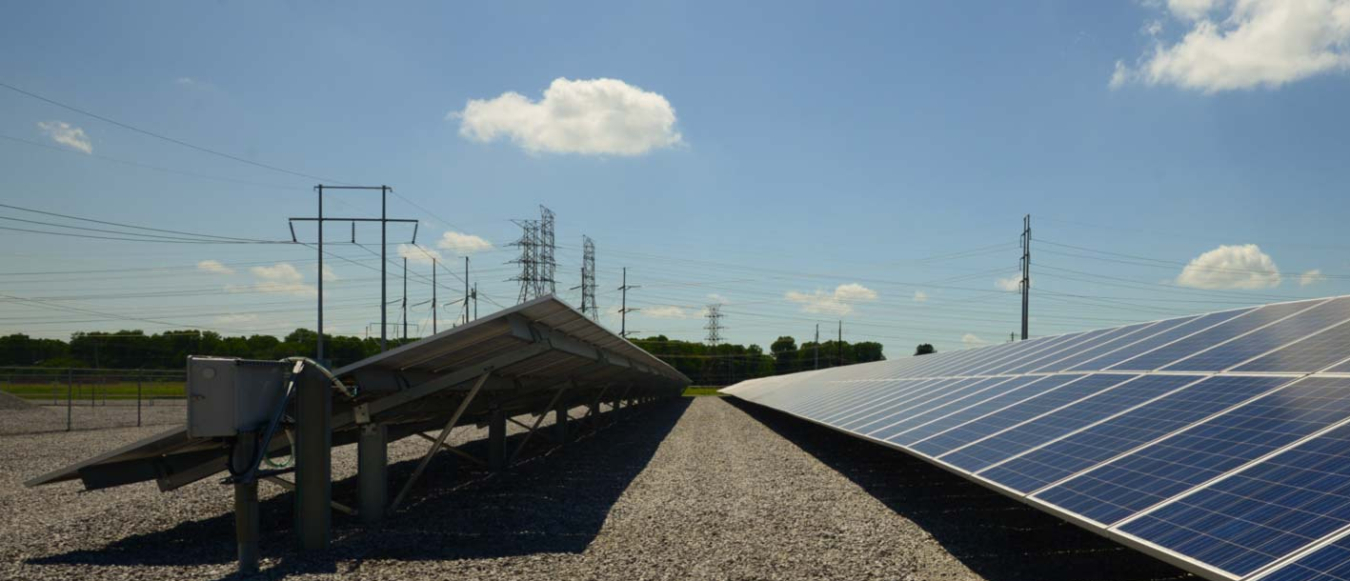
What is solar systems integration and how does it work? Solar systems integration involves developing technologies and tools that allow solar energy onto the electricity grid, while maintaining grid reliability, security, and efficiency.
The Electrical Grid
For most of the past 100 years, electrical grids involved large-scale, centralized energy generation located far from consumers. Modern electrical grids are much more complex. In addition to large utility-scale plants, modern grids also involve variable energy sources like solar and wind, energy storage systems, power electronic devices like inverters, and small-scale energy generation systems like rooftop installations and microgrids. These smaller-scale and dispersed energy sources are generally known as distributed energy resources (DER).
The electrical grid is separated into transmission and distribution systems. The transmission grid is the network of high-voltage power lines that carry electricity from centralized generation sources like large power plants. These high voltages allow power to be transported long distances without excessive loss. The distribution grid refers to low-voltage lines that eventually reach homes and businesses. Substations and transformers convert power between high and low voltage. Traditionally, electricity only needed to flow one way through these systems: from the central generation source to the consumer. However, systems like rooftop solar now require the grid to handle two-way electricity flow, as these systems can inject the excess power that they generate back into the grid.
Power Electronics
Increased solar and DER on the electrical grid means integrating more power electronic devices, which convert energy from one form to another. This could include converting between high and low voltage, regulating the amount of power flow, or converting between direct current (DC) and alternating current (AC) electricity, depending on where the electricity is going and how it will be used. By 2030, as much as 80% of electricity could flow through power electronic devices. One type of power electronic device that is particularly important for solar energy integration is the inverter. Inverters convert DC electricity, which is what a solar panel generates, to AC electricity, which the electrical grid uses.
Solar Plus Storage
Since solar energy can only be generated when the sun is shining, the ability to store solar energy for later use is important: It helps to keep the balance between electricity generation and demand. This means that developing batteries or thermal storage is key to adding more solar.
Grid Resilience and Reliability
The electrical grid must be able to reliably provide power, so it’s important for utilities and other power system operators to have real-time information about how much electricity solar systems are producing. Increasing amounts of solar and DER on the grid lead to both opportunities and challenges for grid reliability. Complex modern grids with a mix of traditional generation and DER can make responding to abnormal situations like storms or blackouts more difficult. However, power electronics have the potential to collect real-time information on the grid and help to control grid operations. In fact, special “grid-forming” inverters could use solar energy to restart the grid in the event of a blackout.
Learn more about:
-
 This resource page looks at ways to ensure continuous electricity regardless of an unforeseen event are by using distributed energy resources.October 6, 2022
This resource page looks at ways to ensure continuous electricity regardless of an unforeseen event are by using distributed energy resources.October 6, 2022 -
 Storage helps solar contribute to the electricity supply even when the sun isn’t shining by releasing the energy when it's needed.March 31, 2025
Storage helps solar contribute to the electricity supply even when the sun isn’t shining by releasing the energy when it's needed.March 31, 2025
-
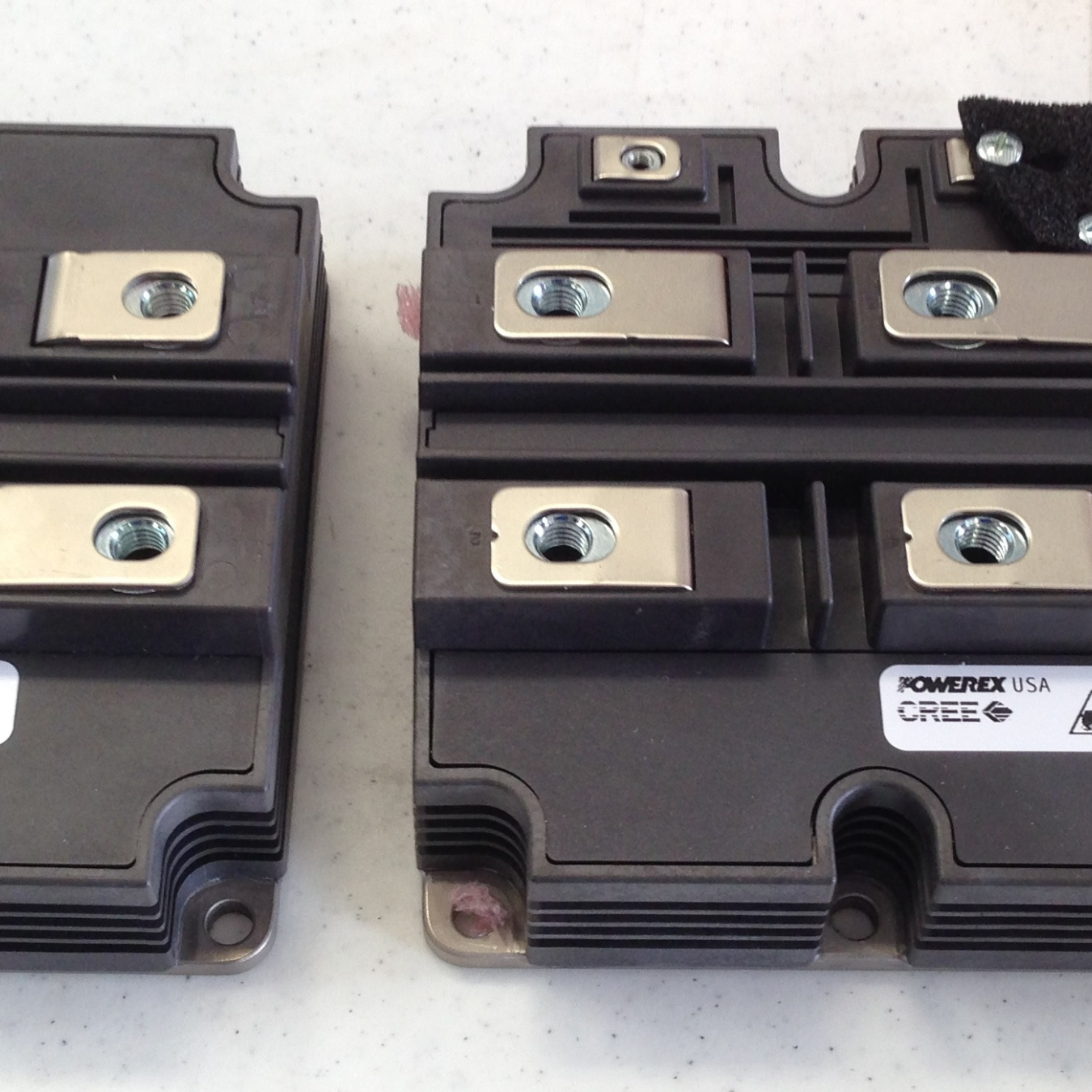 SETO supports R&D projects that advance the understanding and use of the semiconductor silicon carbide (SiC), which is used in power electronics.October 23, 2020
SETO supports R&D projects that advance the understanding and use of the semiconductor silicon carbide (SiC), which is used in power electronics.October 23, 2020 -
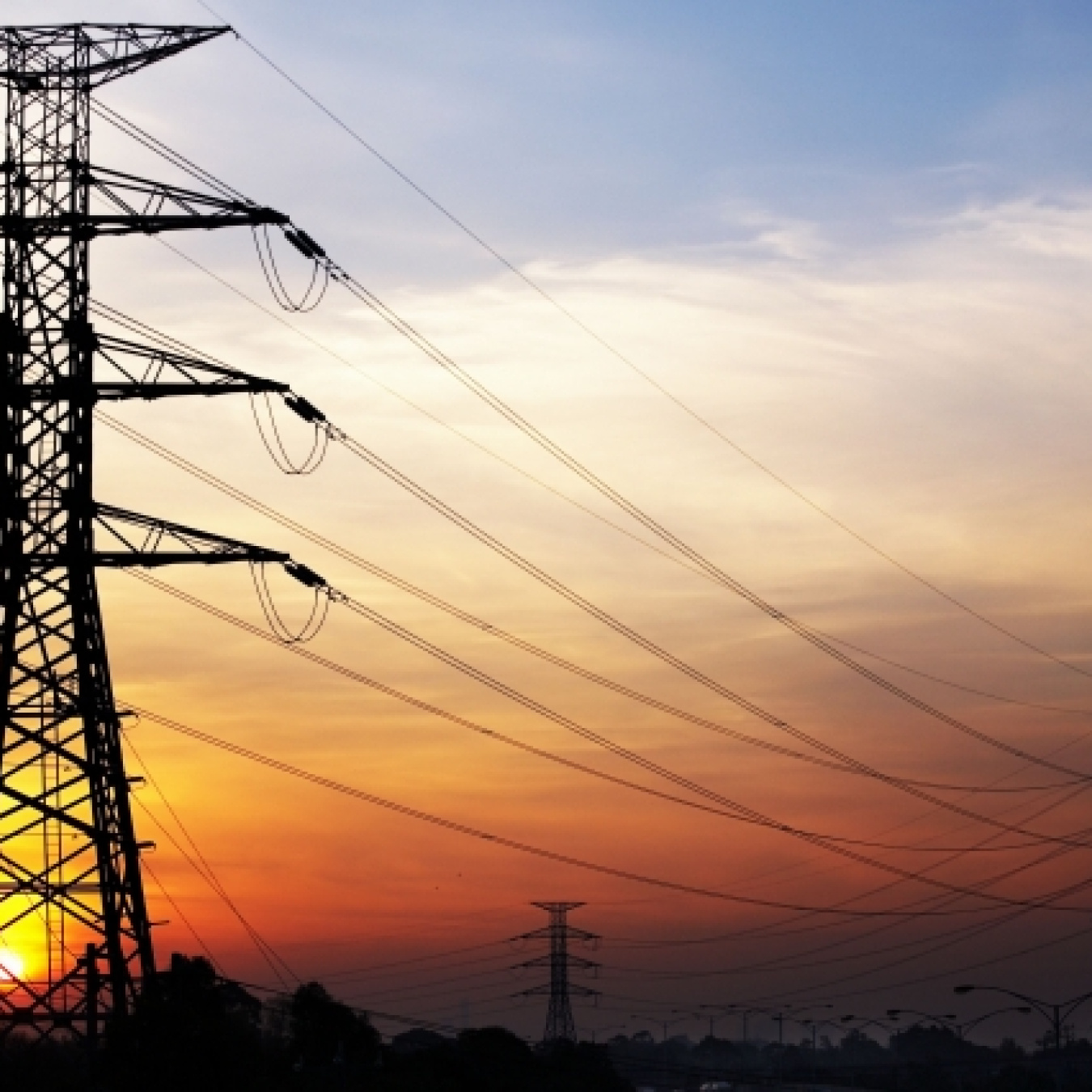 Resilient power systems must be capable of lessening the likelihood of long-duration electrical outages. Solar energy technologies play an important role in strengthening our energy system’s resilience.May 29, 2025
Resilient power systems must be capable of lessening the likelihood of long-duration electrical outages. Solar energy technologies play an important role in strengthening our energy system’s resilience.May 29, 2025
-
- Solar Energy
- Distribution Grid/Distributed Energy Resources
- Renewable Energy
This may come as a surprise to most people: utilities don’t have real-time information about their customers’ electricity usage. When someone adds solar to their home or business, all the utility can see is that the customer’s electricity usage d... -
 This page explains what an inverter is and why it's important for solar energy generation.March 31, 2025
This page explains what an inverter is and why it's important for solar energy generation.March 31, 2025
-
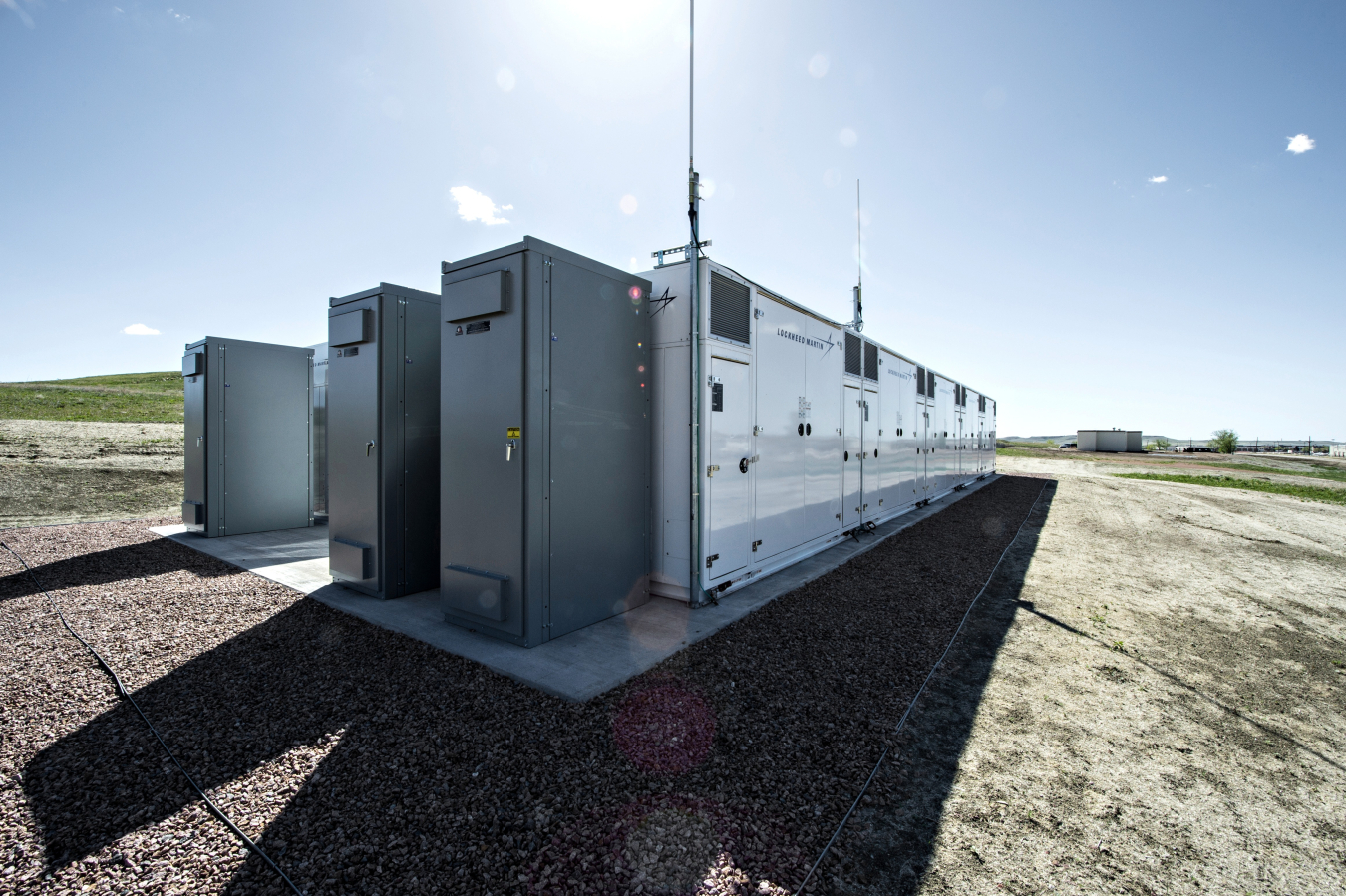
- Solar Energy
- Energy Storage
- Clean Energy
- Renewable Energy
- Next-Generation Energy Technologies
This blog post will explain the terminology around solar-plus-storage, how many solar-plus-storage systems are in the country, and what they cost. -
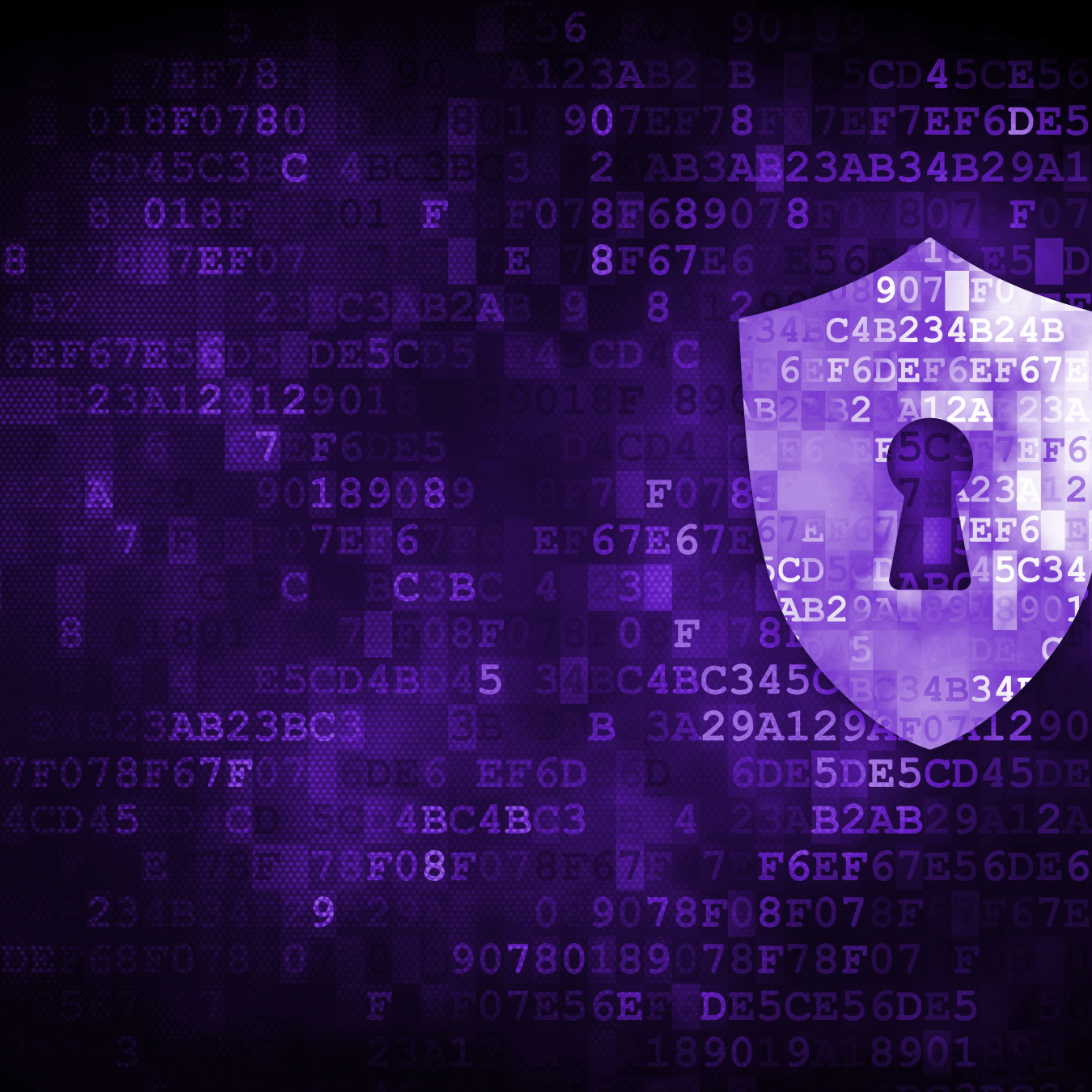 The electric grid is becoming increasingly digitized and connected, so maintaining cybersecurity is a top priority for the U.S. Department of Energy. This page explains what a cyber attack is and how hackers can attack solar power systems.September 13, 2023
The electric grid is becoming increasingly digitized and connected, so maintaining cybersecurity is a top priority for the U.S. Department of Energy. This page explains what a cyber attack is and how hackers can attack solar power systems.September 13, 2023
-
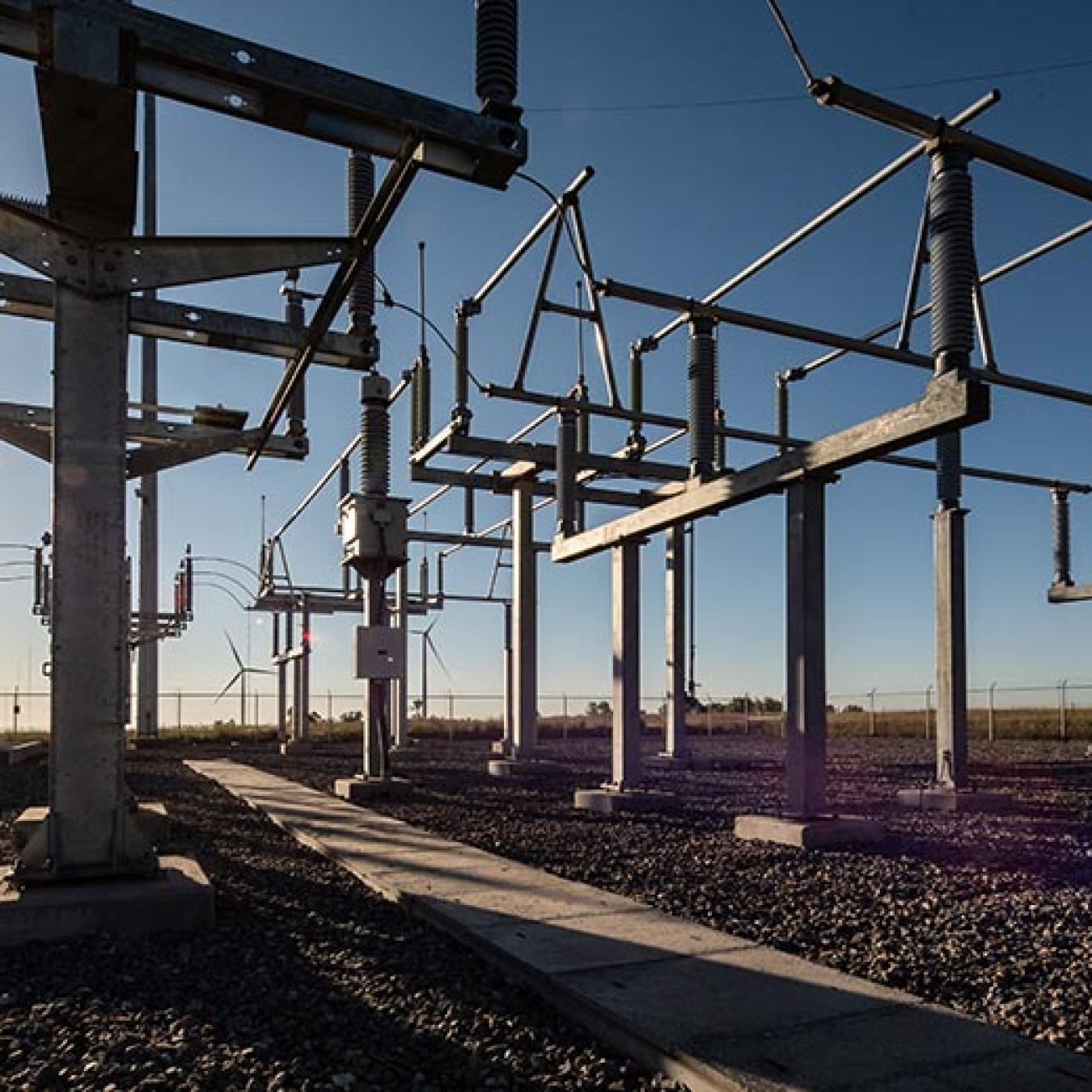 When it comes to systems integration, “planning” refers to near- and long-term power system designs under various generation and load scenarios; “operation” refers to real-time sensing, communication, and control that ensure system reliability.March 30, 2021
When it comes to systems integration, “planning” refers to near- and long-term power system designs under various generation and load scenarios; “operation” refers to real-time sensing, communication, and control that ensure system reliability.March 30, 2021
Learn more about systems integration in the Solar Energy Technologies Office, check out these solar energy information resources, and find out more about how solar works.

